With the responsibility of joining hands with the whole country to remove the European Commission (EC) Yellow Card warning for Vietnamese seafood this year, the Provincial Party Committee and People's Committee have issued an Action Program and a plan to implement the Central's directives on combating illegal, unreported and unregulated fishing (IUU fishing). Implementing the direction of the Provincial Party Committee and People's Committee, functional departments, districts and fishermen are resolutely implementing synchronous measures to complete the goal of removing the Yellow Card.
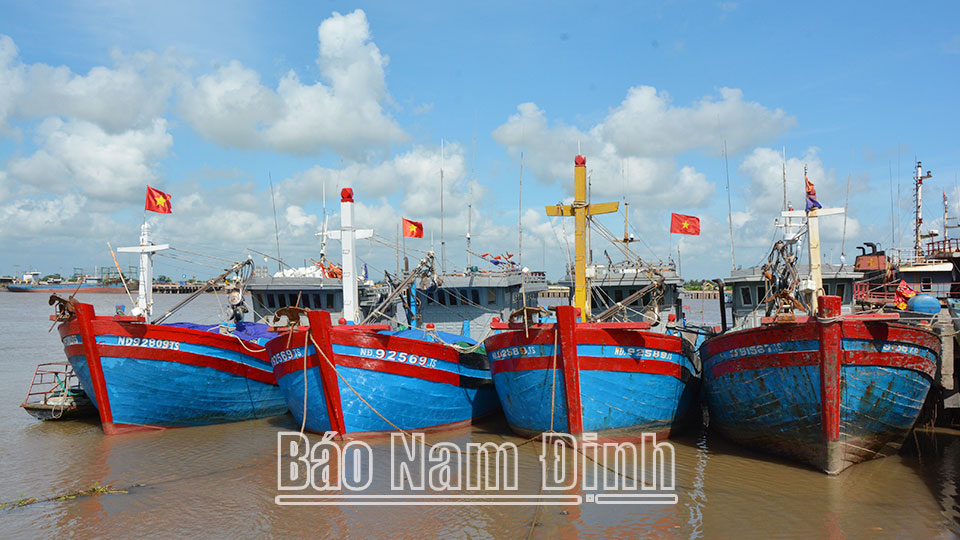 |
| Focusing on good fleet management helps prevent IUU fishing violations. |
Lesson 1: Things to do now
The Regulation on the Program to Combat Illegal, Unreported and Unregulated Fishing (abbreviated as IUU) was issued by the European Commission (EC) in 2008 and took effect from 2010 to prevent, deter and eliminate all illegal fishing activities. Normally, countries that fish in violation of IUU regulations will be fined a Yellow Card warning for 6 months; if they do not remedy the EC's recommendations, there is a risk that the Yellow Card will turn into a Red Card, which means that seafood is permanently banned from entering the potential European market. The consequences of the withdrawal of the Yellow Card are not only a decrease in export turnover but also a decrease in the reputation and brand of our country's seafood industry in the international market. On October 23, 2017, the EC decided to impose a Yellow Card on Vietnamese seafood for violating the principles and regulations of IUU. Despite efforts to overcome and implement the EC's recommendations, after 4 times the EC's working group inspected the implementation of the fight against IUU fishing, Vietnam's Yellow Card has not been removed because there are still many shortcomings and inadequacies that need to be further overcome. For nearly 7 years, central ministries and branches to localities, including Nam Dinh , have made many efforts to overcome, but the worry of changing the color of the warning card from "yellow" to "red" is still present when the EC's recommendations have not been thoroughly resolved.
According to the assessment of the Provincial Steering Committee 67-IUU, by mid-June 2024, the management of the fleet, monitoring, inspection and control of fishing vessel activities in the province still had some limitations. Specifically, the progress of installing voyage monitoring equipment (VMS) has not reached 100% as prescribed because some vessels have stopped operating and are still on shore. Ensuring the operation of VMS equipment by some ship owners and captains is still limited, many vessels have lost connection to VMS equipment for more than 6 hours while operating at sea but have not been handled for violations. The work of reviewing and verifying fishing vessels at high risk of IUU violations (vessels losing VMS equipment signal for more than 10 days, vessels staying on shore for a long time...) of some localities has not been timely; if there is any handling, it only stops at the stage of making a verification record, without consulting on handling violations for errors due to subjective causes right at the local level. The handling of IUU fishing activities still has many limitations in coordinating the handling of cases of fishing vessels violating regulations (not maintaining VMS equipment, fishing vessels in the wrong area, and fishing vessels operating in the wrong profession). The control of fishing vessels entering and leaving fishing ports is still not strict, the rate of output monitoring is low and not uniform; the situation of fishing vessels not arriving at the designated port still occurs. The reason for the above situation is that ship owners are still late in paying the subscription fee for monitoring equipment services; not proactively and promptly repairing damaged VMS equipment to maintain continuous operation; and the equipment lacks power. Currently, there are only 2 licensed fishing ports in the province, while there are many spontaneous fishing ports in coastal districts. The control force is still thin, and the equipment is lacking. In particular, the district-level authorities have not been determined to thoroughly handle violations of IUU fishing right in the locality.
There are still some shortcomings and limitations in the management of the origin of exploited aquatic products; from the beginning of the year to June 10, 2024, the whole province has only monitored nearly 1,650 tons/20,911 tons of exploited seafood. The number of ships/aquatic product output monitored at Ninh Co and Thanh Vui fishing ports (Hai Hau) is 335 ships/570 tons of seafood. According to the exploitation logs at fishing ports in the province, only 1,183 ships/1,713 tons of aquatic products have been monitored. In addition, the recording of exploitation logs and exploitation reports by captains and ship owners is still done in a perfunctory manner, incomplete, inaccurate, and irresponsible. Localities with fishing vessels regularly operating in and out of anchorage at the beaches in coastal localities have not submitted their logs and exploitation reports as prescribed, causing many difficulties in controlling the output of exploited seafood. The reason for the above situation is that the province's exploited aquatic products are mainly exported in small quantities and consumed domestically, so up to now, no organization or individual has the need to carry out procedures to confirm and certify the origin of exploited aquatic products. Many fishing vessels operating in the offshore area do not enter designated fishing ports to unload aquatic products but arbitrarily enter some small, spontaneous fishing ports. In particular, due to the customs and habits of fishing vessels, they often anchor far from designated fishing ports, making it difficult to control.
Fishermen's awareness of complying with legal regulations on fisheries exploitation is not high, and there is still a mindset of evasion. The inspection and control of ships leaving and entering ports has not reached 100%. District and commune authorities have not yet taken action to handle administrative violations of anti-IUU fishing in the locality. The reason is that the inspection and control force at sea is still small, and the means and forces are limited. The province currently has only 1 ship under the Department of Agriculture and Rural Development Inspectorate, but it is too old and does not operate regularly and continuously; there is no specialized team, tools and equipment. In addition, the staff of the Provincial Office of Fisheries Inspection, Control and Supervision (IUU Office) work part-time, so the efficiency of operations is not high. The coordination and participation of functional agencies, especially local authorities, is not regular and continuous, there is still a subjective mindset, taking lightly, and not paying due attention to the task of combating IUU fishing; In the leadership and direction of this task, there has been a lack of determination, and violations have not been thoroughly handled locally. Turning off VMS devices while fishing vessels are operating at sea or while fishing in bordering sea areas, with a high risk of violating foreign waters, still occurs.
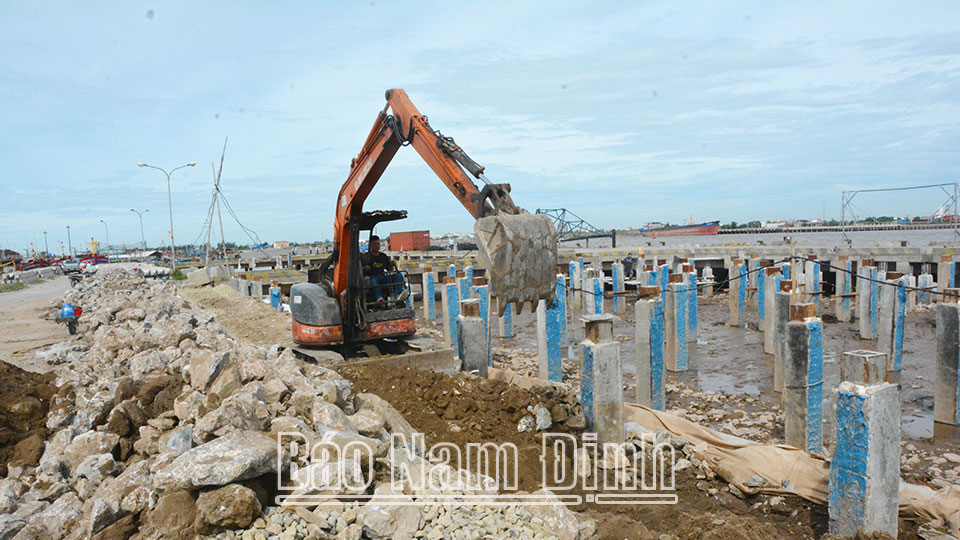 |
| With the attention of the Central Government, Ninh Co Fishing Port (Hai Hau) is being invested in construction, contributing to improving the effectiveness of preventing and combating IUU fishing in the province. |
According to statistics from the Vietnam Association of Seafood Exporters and Producers, as soon as the Yellow Card was removed from Vietnamese seafood, seafood exports to Europe slowed down. The "yellow card" that the EC applied to Vietnamese seafood pulled this market from the position of the number 1 seafood consumer in 2017 to the 4th place in the first 6 months of 2018. Moreover, during the time of the Yellow Card, 100% of seafood shipments exported to the EU will be held for inspection of the origin of exploitation, wasting time and costs for exporting enterprises... This shows the urgency of implementing measures to combat IUU fishing so that the EC can soon remove the Yellow Card for Vietnamese seafood, in addition to the meaning of protecting national prestige and protecting an important economic sector, it also has practical significance for the lives of local communities associated with the fishing industry.
From now until October 2024 is the "golden time" for Vietnam to remove the Yellow Card warning for the fisheries sector. Following the direction of the Government, the Prime Minister , and the Ministry of Agriculture and Rural Development, the EC Inspection Team will randomly select coastal provinces and cities to work with. Nam Dinh is one of 28 coastal provinces and cities with a large community of people in 3 coastal districts and neighboring areas related to the fisheries sector. Therefore, the province needs to make efforts to thoroughly overcome the shortcomings and limitations pointed out to join hands with the whole country to remove the IUU Yellow Card warning.
(To be continued)
Article and photos: Van Dai
Source: https://baonamdinh.vn/kinh-te/202407/chung-tay-gianh-lai-the-xanh-cho-nganh-thuy-san-ky-i-e930c12/





![[Photo] Top players gather at the 2025 Nhan Dan Newspaper National Table Tennis Championship](https://vphoto.vietnam.vn/thumb/1200x675/vietnam/resource/IMAGE/2025/5/23/9ad5f6f4faf146b08335e5c446edb107)

![[Photo] Anh Hoang - Dinh Duc successfully defended the men's doubles championship of the National Table Tennis Championship of Nhan Dan Newspaper](https://vphoto.vietnam.vn/thumb/1200x675/vietnam/resource/IMAGE/2025/5/23/d6ab3bcac02c49928b38c729d795cac6)




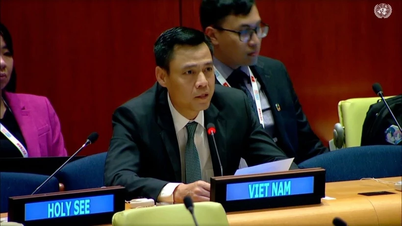

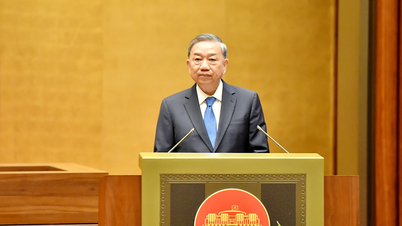













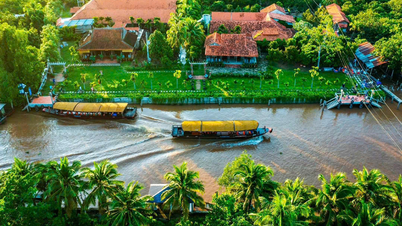
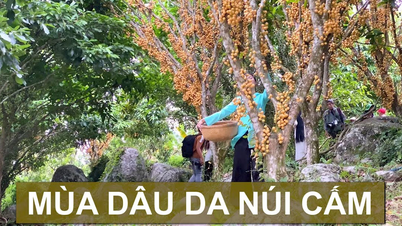















































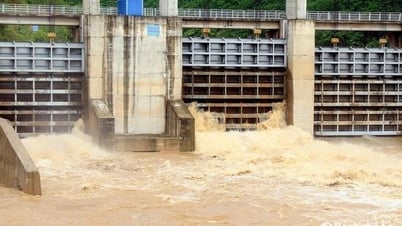







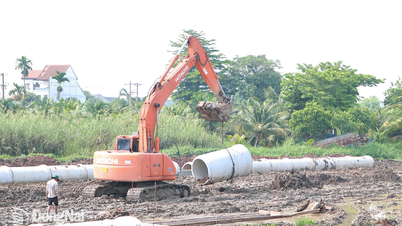












Comment (0)